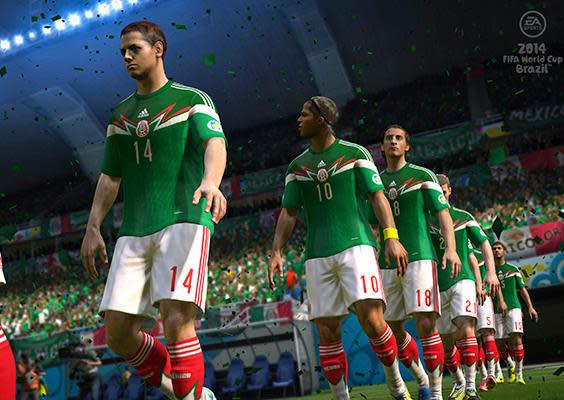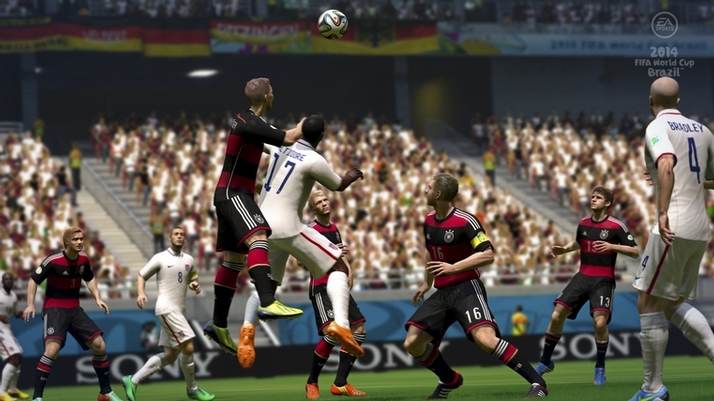Man, I gotta tell you, the old games just hit different. I mean, we’ve all been screaming about how the new EA FC games feel fast, but also kinda fake, right? So I decided to actually stop complaining on forums and actually go test it. I wanted to figure out exactly why the FIFA World Cup 2014 game felt like actual football, while the new ones feel like playing a pinball machine with skins.

The practice started simple. I had to dig deep. I mean, really deep. I went into the attic and wrestled my old Xbox 360 out of a giant plastic tub. The dust cloud alone almost took me out. Then I had to spend an hour just trying to find the HDMI converter because who even uses those old connectors anymore? Finally, I managed to fire up the system. It took three tries, and I swear I heard the internal fan screaming, but it powered on. The disk tray squeaked open, and I slotted in the World Cup 2014 disk. That alone was an achievement. You young guys with your digital libraries have no idea the struggle.
The Direct Comparison: WC 2014 vs. EA FC 24 (The Grind)
I set up a few basic scenarios, nothing fancy. Just kick-off matches. I decided to play Brazil vs. Germany on both games because, well, you know. I played an hour straight on the old World Cup game, then immediately switched over to my PS5 and played an hour of the latest EA FC. I made notes on the feeling of specific actions. I literally wrote down my findings in a grubby notebook. Here’s what I figured out:
- Passing: In WC 2014, the ball felt like a heavy leather orb that had to travel across the grass. You needed to lead the player. The physics engine actually seemed to calculate the friction and the spin. In EA FC, passing is instant lasers. It’s too quick. It feels like you’re just triggering an animation.
- Shooting: The 2014 shots had weight. When you smashed one, you knew it. And headers? Man, headers were something else. They were unpredictable, and you had to time them perfectly. In the new EA FC, every shot feels like the same cannon blast, and headers are either fully automated goals or fully useless bounces.
- Tackling/Defending: This was the biggest difference. The old game needed commitment. If you mistimed a tackle, you were cooked. There was risk and reward. The players felt slower and heavier, which made positioning vital. The new games? You can just sprint with the center back and spam the standing tackle button. The engine helps you too much. It’s like the AI is protecting you from your own stupidity.
- The Pace: The old game was football. Slower, mid-field battles, strategic movement. The new one is a sprint race. It’s built for adrenaline, not for simulation.
My conclusion after hours of this? The 2014 engine was built to simulate a complex physical object (the ball) on a surface. The new engine? It’s built to be responsive and flashy, making it easy for casual players to pick up, score 5-4, and feel good about themselves. They sacrificed weight and realism for speed and accessibility.
Why I Even Started This Mess in the First Place
You might be asking why a grown man spends two entire weekends digging up old consoles and timing FIFA passes. It wasn’t just curiosity, trust me. It was payback. Or maybe just therapy.
See, I work in logistics, right? Nothing glamorous. About six months back, our corporate overlords decided to reorganize the entire department. They promised everyone a smooth transition. Lies. All lies. My boss, a guy I’ve known for fifteen years—we even stood up for each other at our weddings—he suddenly became this corporate robot. He was supposed to move me laterally into the new structure, keep me on the same salary, same benefits. Instead, he started hitting me with these incredibly petty, unfair performance reviews, right before the transition happened.

I kept asking him, “Mike, what gives? We’re partners.” He just kept repeating the company line, talking about “optimized synergy” and “vertical integration.” He was building his own little kingdom in the new structure, and I, along with a few other old-timers, was just ballast he needed to jettison to make room for his new, younger, cheaper crew.
I ended up getting offered a severance package that was basically an insult, all approved by my so-called friend. I walked out of there feeling hollowed out. Everything we built felt cheap and transactional, just like the new EA FC games. All the history, the struggle, the weight of the relationship? Gone, replaced by instant, meaningless corporate jargon and a quick, easy cash-out for him.
When I finally sat down with the World Cup 2014 game, it wasn’t just about the football. It was about finding something that still had integrity. Something that still honored the old rules of physics and hard work. Something that hadn’t been completely corrupted by the drive for instant profit and the optimization of ‘playtime to monetization.’
The new EA FC is like my old department: fast, shiny, completely scripted, and built solely to squeeze as much money out of you as quickly as possible. The WC 2014 game is the last bastion of something real. And hey, I’m still playing it. Mike, on the other hand, just got hit with a 30% budget cut in his new shiny department. Guess his “optimized synergy” wasn’t as stable as he thought.
So yeah, that’s why the 2014 game was so good. Because it wasn’t built by guys trying to sell you a hundred virtual players a day. It was built to be a game.

